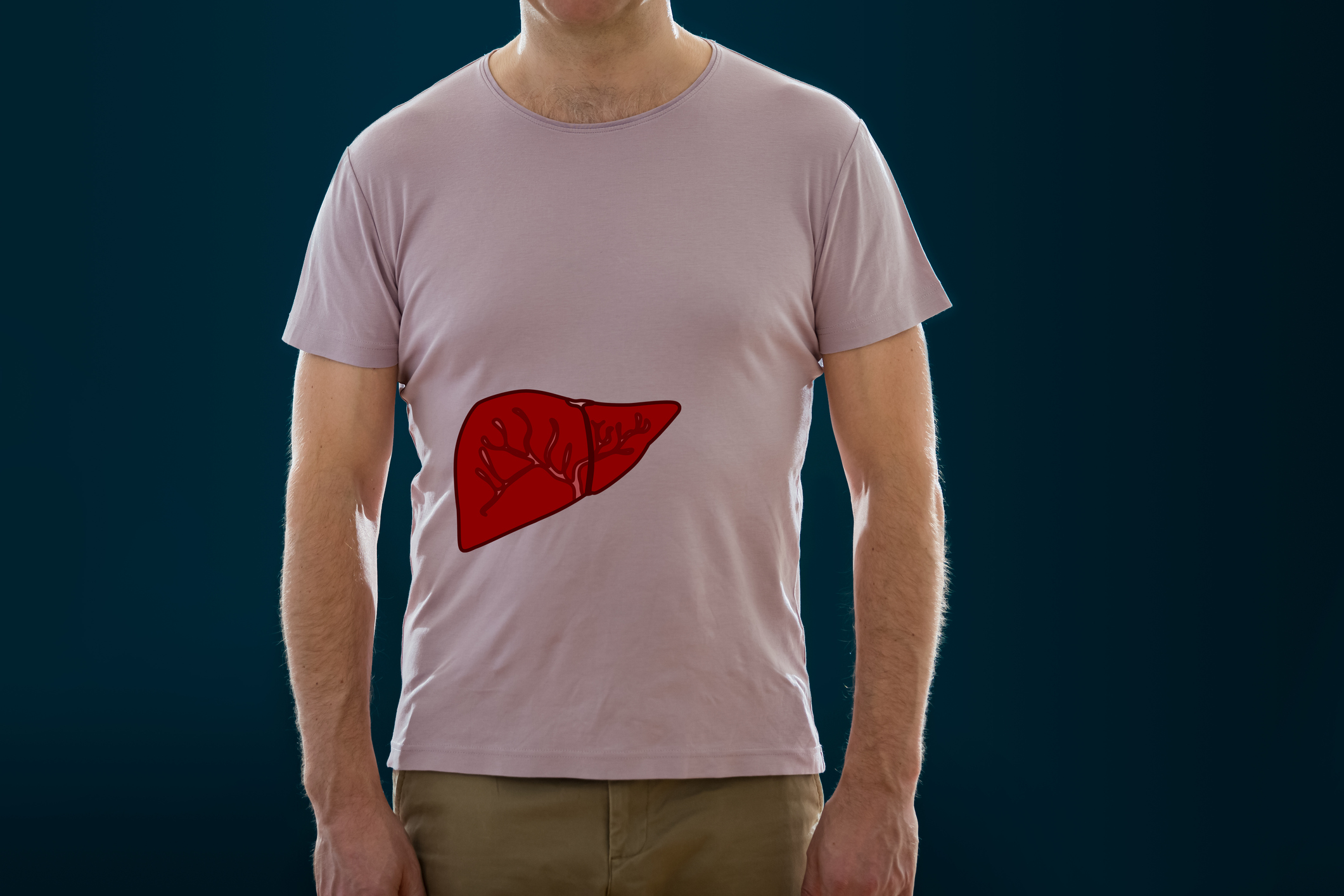

We all know that we would die without a functioning heart.
But other organs, like the liver, don’t seem to worry us as much.
However, it’s the liver that filters our blood and detoxifies the body. It processes and gets rid of toxic substances that enter your body through your lungs, skin or mouth. These include:
- Food additives
- Household chemicals
- Environmental pollutants
- Medications
- Alcohol and drugs
The liver also produces bile, a fluid that helps digest fats and carry away waste — a job that can overwhelm it. That’s one reason that obesity and diabetes are key triggers of fatty liver disease (FLD).
Perhaps it’s the prevalence of fatty liver disease, and the fact many people with FLD live a fairly normal life, that’s lulled us into a false sense of security.
But the scary thing is that almost a third of people with the condition go on to develop an advanced form of the disease, known as non-alcoholic steatohepatitis (NASH) — which can lead to cirrhosis, end-stage liver disease or liver cancer. NASH also ramps up the risk of heart disease.
Unfortunately, NASH is predicted to become the leading cause of liver disease in the next decade. And that’s got researchers wondering…
Why can some people lead a relatively healthy life with FLD, while others go on to develop severe liver disease?
NOX4: both good guy and bad guy
NOX4 is a protein that circulates in the body and has various functions. One big one is to control genes that cause certain changes in our organs. For example, its presence or absence affects the cardiovascular system.
Well, recently an Australian study has shown that falling levels of NOX4 are the trigger that makes fatty liver disease move on to become a series of far more deadly diseases.
When the liver first starts to accumulate fat, NOX4 levels rise, triggering a protective mechanism that safeguards the liver.
But as the disease progresses, NOX4 levels fall. The protective mechanism is interrupted, and FLD moves on to become NASH. That puts the possibilities of cirrhosis, liver failure and liver cancer on the table.
Pumping up NOX4 for liver protection
As with so many illnesses, the power to prevent this downward spiral from FLD to liver cancer is in our hands.
Professor Tony Tiganis of Monash University’s Biomedicine Discovery Institute was the lead investigator in this study. His previous research has proven that NOX4 levels rise in skeletal and heart muscle after exercise — and that this protects against the metabolic decline, including diabetes, associated with FLD.
He’s not alone either. Other studies have also proven that aerobic exercise can prevent or slow the progress of FLD by preventing metabolic syndrome, a cluster of conditions that increase your risk of heart disease, diabetes and FLD.
Then, there’s our diet — particularly foods that can jumpstart NOX4…
“Compounds that bolster the activity of NOX4, or the adaptive program that NOX4 instigates, may be highly beneficial, countering not only the development of NASH, but also improving skeletal and cardiac function, as well as metabolic health,” says Prof. Tiganis.
Luckily for us, NOX4-boosting compounds are found naturally in disease-fighting superfoods, like broccoli, cauliflower, Brussels sprouts, kale and at least a dozen others that fall into the category of cruciferous vegetables.
My favorite is broccoli. Previous research has found it’s like a diabetes drug on your dinner plate, significantly lowering fasting blood sugar levels. That means eating more of these vegetables could help you avoid the key instigator of FLD and NASH — diabetes. Just one more reason to fall in love with veggies!
Sources:
Key to fatty liver disease and its consequences for billions of people — Eureka Alert
Mitochondrial- and NOX4-dependent antioxidant defence mitigates progression to non-alcoholic steatohepatitis in obesity — Journal of Clinical Investigation
Improvement in histological endpoints of MAFLD following a 12-week aerobic exercise intervention — Alimentary Pharmacology and Therapeutics

